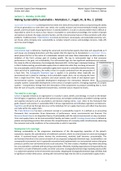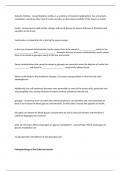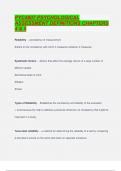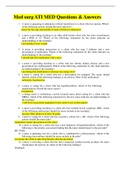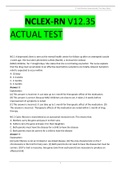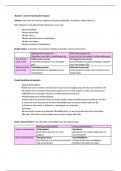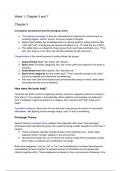Samenvatting
Summary Sustainable Supply Chain Management
- Instelling
- Tilburg University (UVT)
Summary Sustainable Supply Chain Management of both papers and slides lectures Spring 2021. Papers: - Making Sustainability Sustainable (Montabon et al., 2016) - Design for sustainability (Arnette et al., 2014) - Green innovation games (Westerlund et al., 2014) - Green SCM (Srivastrava, 2007...
[Meer zien]
